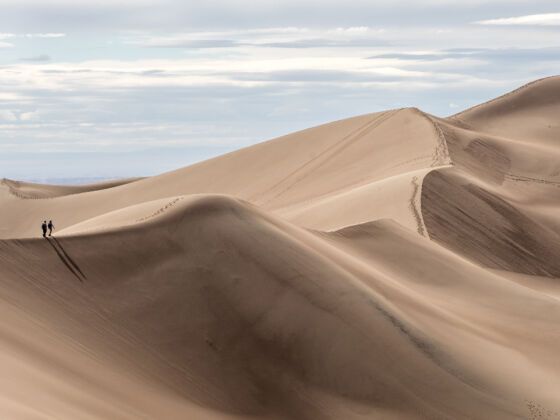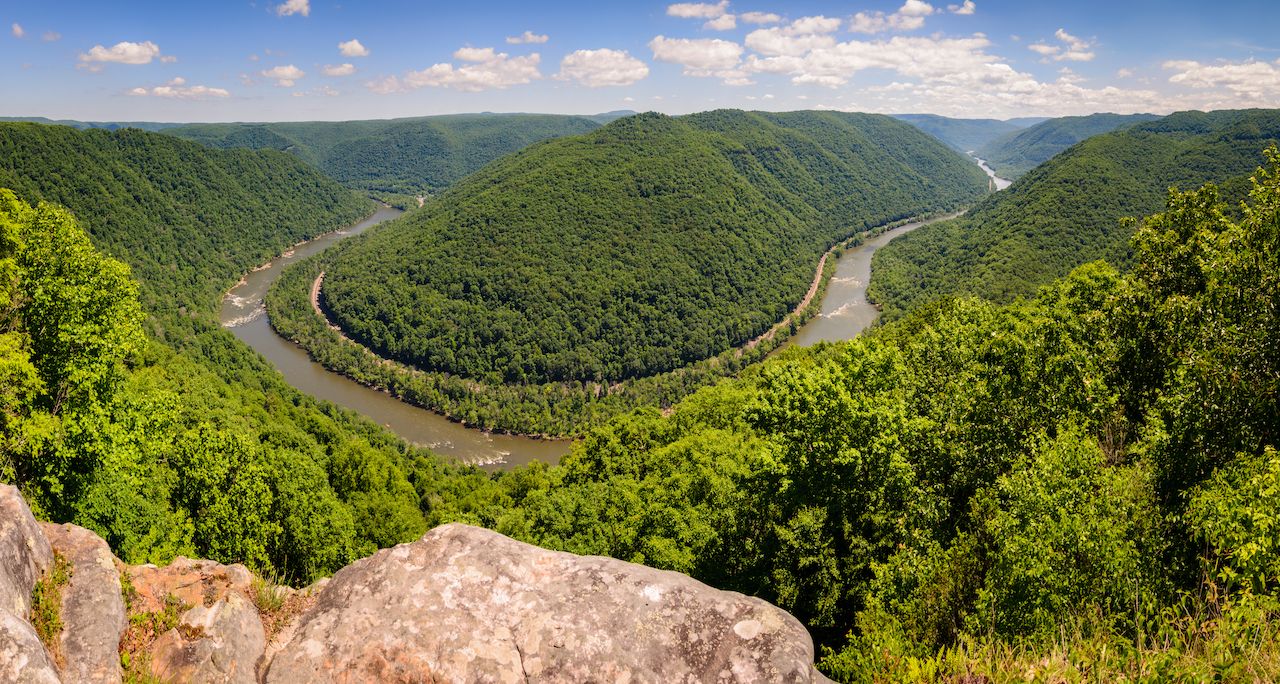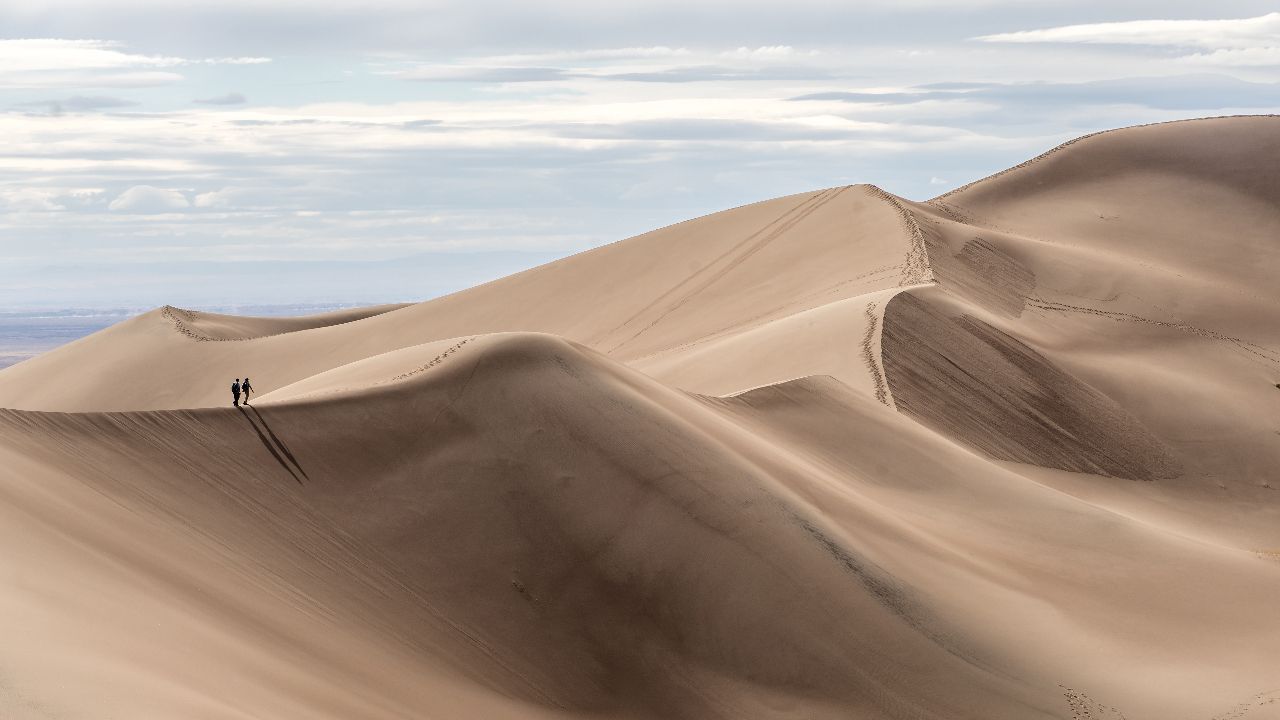This summer, the country’s popular national parks are requiring reservations. That’s not necessarily a bad thing, since managing visitor numbers is not just safer, health-wise, and it also relieves stress on the wildlife and natural ecosystems those many visitors are there to admire.
But rather than scrambling to make reservations (we’ll tell you how to below, just in case), we think this is the summer to get creative and look beyond the big-name parks. Often just a short drive from a packed national preserve, you’ll find a natural area with all the jaw-dropping glory of the top visit-getters but hardly any of the crowds. So read on to see what national parks will require reservations this summer and where to go instead.




